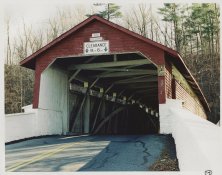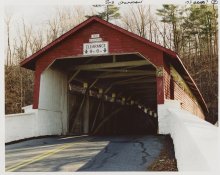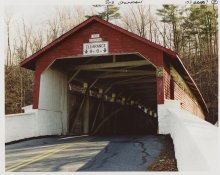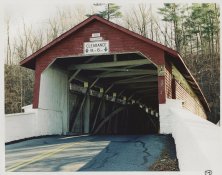markd514
Member
- Joined
- Jan 19, 2014
- Messages
- 101
- Format
- 35mm
2nd post attempt! First one vanished. I am going to keep it short this time. The first one was ultra detailed, and since it said it was awaiting moderator approval (none of my posts said that btw), then I never saw it, I assumed it vanished.
Did a test with RA kodak chemicals 10L mix. I used trays, jobo, and a beseler 8x10 drum on a motor base. I actually think the beseler drum and base are the least hassle, and give me great prints. I tested all of them, and could not see any difference. Jobo at 100 degrees, and trays, and beseler drum at room temp 72 ish with a 2 minute dev time.
The beseler drum takes 60ml dev and blix. I used a 180ml prerinse of water. Ran 7 trials with SAME chems....of course water prerinse was new. By the 7th run, the developer was twice the volume even though i was careful to drain all i could..well that was expected. The blix did not double in volume.
Anyway, I started with a decent print. It has some error in color balance, but otherwise ok. I am showing you print 2, and print 7. I omitted print 1 since i botched exposure and it was 2 seconds more (tad too dark). Surprisingly they are all pretty good. I could have kept on printing away. There is a color shift though, but the prints did not look too bad at all. Kodak says 16 prints per L with a max upwards of 40 if noncritical. I can go to 112 easily! I wont though...not that cheap. I was just wondering where the edge was for terrible quality. Right now i decided to stick to use the chems twice. I doubt any shift was apparent between print 1 and 2.
Did a test with RA kodak chemicals 10L mix. I used trays, jobo, and a beseler 8x10 drum on a motor base. I actually think the beseler drum and base are the least hassle, and give me great prints. I tested all of them, and could not see any difference. Jobo at 100 degrees, and trays, and beseler drum at room temp 72 ish with a 2 minute dev time.
The beseler drum takes 60ml dev and blix. I used a 180ml prerinse of water. Ran 7 trials with SAME chems....of course water prerinse was new. By the 7th run, the developer was twice the volume even though i was careful to drain all i could..well that was expected. The blix did not double in volume.
Anyway, I started with a decent print. It has some error in color balance, but otherwise ok. I am showing you print 2, and print 7. I omitted print 1 since i botched exposure and it was 2 seconds more (tad too dark). Surprisingly they are all pretty good. I could have kept on printing away. There is a color shift though, but the prints did not look too bad at all. Kodak says 16 prints per L with a max upwards of 40 if noncritical. I can go to 112 easily! I wont though...not that cheap. I was just wondering where the edge was for terrible quality. Right now i decided to stick to use the chems twice. I doubt any shift was apparent between print 1 and 2.
Attachments
Last edited by a moderator:














